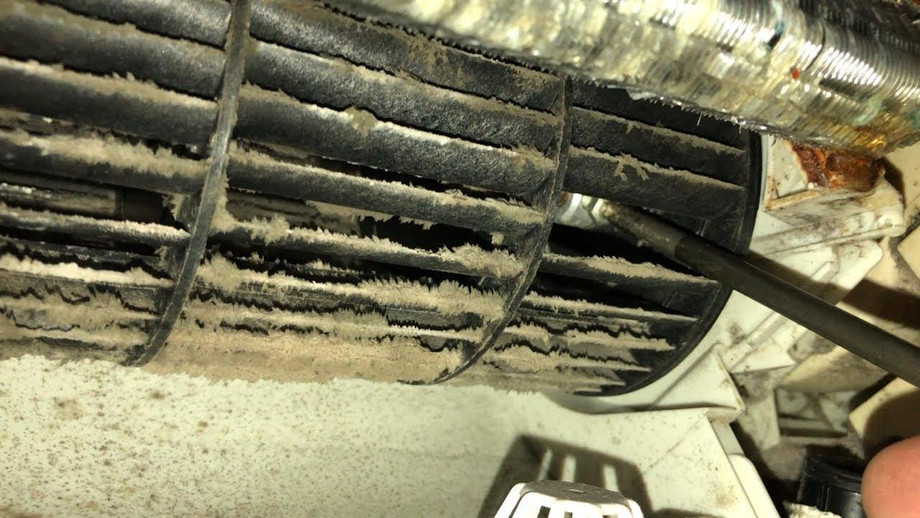Everyone knows mold in your home can be a major concern. But, not everyone knows to keep an eye out for a problem popping up in their mini split system. Unfortunately, it’s a bigger problem than you may realize.
Even with regular maintenance and filter cleaning, mold can grow in your ductless air conditioner or mini split. The bad news is that it can get pretty gross and even affect your health. But, the good news is that it’s easy to know if your ductless mini split is ready for deep cleaning, and just as easy to get it done when you need it.
When mold forms in your AC system, the spores from the fungus can get blown throughout your home and decrease your indoor air quality. Additionally, mold growth can also reduce the efficiency of your system and result in operational issues. As such, it’s important to rectify the issue as soon as possible. If you notice that you have mold in your AC unit, here’s what you can do.
Moisture Near Your System
Are there signs of moisture near your air handler? That could include condensation on the outside of the unit. Or signs of dampness or water damage near it.
Moisture near your unit doesn’t necessarily mean you have a mold problem. But, that excess water or water vapor is creating a breeding ground for it. Remember: mold, mildew, and fungus require warm, dark, and damp places to thrive. When it’s hot in the summer, the inside of an HVAC system can fit the bill — especially if that third ingredient is also present.
Identify the Location of the Mold
Once you have shut the system off, you must locate the mold inside of your AC unit. To do so, you will need to disassemble the outer cabinet of your AC unit so that you can view the interior. Because mold can cause adverse health reactions such as respiratory issues, skin irritation, as well as worsen asthma symptoms, make sure to wear protective goggles, a face mask, and gloves to minimize your exposure.
Clean or Replace the Filter
Regardless of where the mold was located in your AC system, spores likely passed through the filter at some point. To rid your system of its mold outbreak and prevent it from returning, make sure to either clean or completely replace your AC system’s filter.
Vacuum the Interior
Upon removing the old AC filter, use a vacuum to suck up as much dirt and debris from the inside of the unit as possible. Getting rid of excess debris will then make it easier to remove any mold from the unit.
Scrub the Mold Away
After completing the above steps, it’s time to get scrubbing. Create a solution that consists of three gallons of hot water, a half cup of bleach, and one tablespoon of dish soap. Then, dip a sponge or cloth in the solution and use it to gently scrub any moldy areas of your AC unit. Once the mold has been removed, let the solution sit on the unit for around 10 minutes to kill any remaining spores before wiping it off with a fresh wet cloth. Lastly, let the AC unit air dry completely and then reassemble it. Upon doing so, your mold problem should be resolved.
Stale Or “Cheesy” Odor
The stale, cheesy odor you may notice from your mini split is common enough to have a name: Dirty Sock Syndrome. The smell gets created by dirt, dust, debris, and moisture building up in your air handler. If you’re lucky, you’re only smelling those items. If it’s been a while and getting stronger, it is much more likely that you now also have mold in the system.

